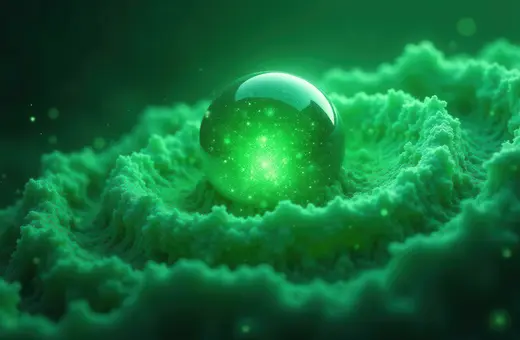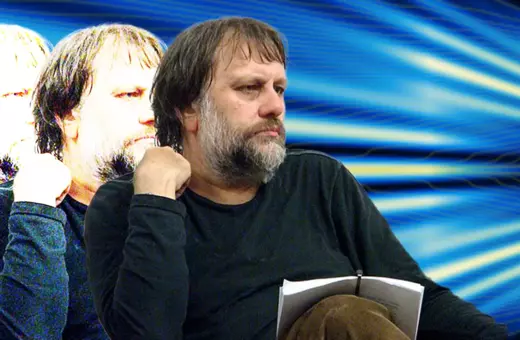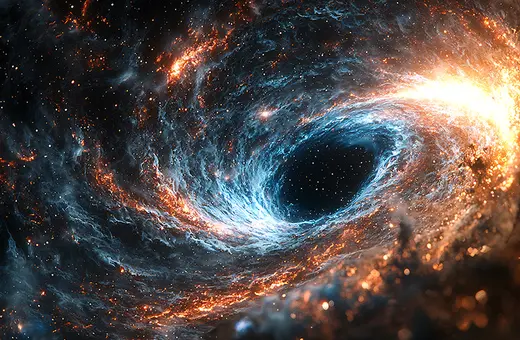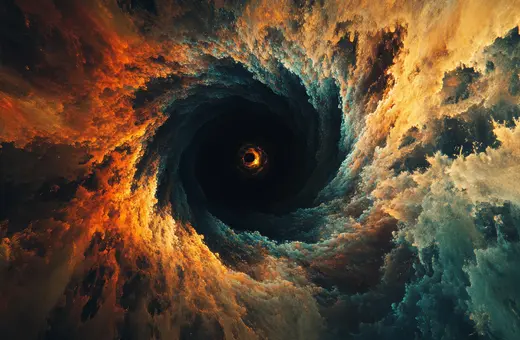A new experimental result has shaken the world of particle physics. The W boson, it turns out, is a lot heavier than we thought. This poses a challenge to our most successful and tested theory about the fabric of the universe so far: the Standard Model. And while this one experimental result might not be enough on its own to overthrow the theory, it already points in the direction of a theory that could, writes Martin Bauer.
Recently the mass of the W boson has been measured by the Collider Detector at Fermilab with unprecedented precision and a surprising result. The recent result disagrees wildly with all previous measurements of the W boson's mass, but this result is no fluke. To give you an idea of the precision of this latest measurement and how unlikley it is that this result is a mistake, consider this: if you weigh yourself multiple times with different scales you would expect to see some discrepancy. But an equivalent discrapancy like the one between the most recent measurement and the previous measurements of the W boson's mass, would statistically occur only after you've weighed yourself 1 billion times.
 SUGGESTED READING
Hints of a new fundamental force
By Harry Cliff
Measuring the properties of the W boson precisely is very important. From stellar fusion to carbon dating, the mass of the W boson affects many calculations that underly our understanding of the Universe. For instance, its mass is linked to the lifetimes of other particles, which in turn are important for understanding how the Universe developed after the Big Bang. But perhaps the most important consequence of this latest measurement of the W boson’s mass is that it puts it in tension with our most successful theory about particle physics: the Standard Model.
SUGGESTED READING
Hints of a new fundamental force
By Harry Cliff
Measuring the properties of the W boson precisely is very important. From stellar fusion to carbon dating, the mass of the W boson affects many calculations that underly our understanding of the Universe. For instance, its mass is linked to the lifetimes of other particles, which in turn are important for understanding how the Universe developed after the Big Bang. But perhaps the most important consequence of this latest measurement of the W boson’s mass is that it puts it in tension with our most successful theory about particle physics: the Standard Model.
At this point you are probably wondering: What is a W boson, what is it good for and what are the actual implications of this surprising result?
The W boson is a fundamental particle mediating the weak force, a force that we never experience directly because it only acts on subatomic distances. All other known fundamental forces give rise to bound systems: e.g. solar systems bound together by gravity, atoms bound together by the electromagnetic force and atomic nuclei bound by the strong force. The weak force does not give rise to such bound systems, but is crucial for many natural phenomena that affect our everyday life. The fusion process in the sun is initiated by hydrogen transforming into heavy hydrogen via the weak force. Without the W boson the sun would be very dim. All atoms we know are made from protons, neutrons and electrons yet there are many different particles around. Why do they never make atoms or more complicated structures? Because they decay rapidly due to the weak force.
What makes the weak force so unique is the fact that the W boson can change the charges of other particles it interacts with. It can turn an electron (charge -1) into a neutrino (charge 0), or a neutron (charge 0) into a proton (charge +1). Methods like carbon dating directly rely on this property. The slow decay of neutrons into protons in carbon isotopes lets us date archeological artefacts and would be impossible without the W boson.
Measuring the mass of the W boson directly is extremely challenging.
So much so that my experimental colleagues dubbed it ‘the hardest measurement in high-energy physics’. There are a numbers of reasons that make it so difficult:





















Join the conversation